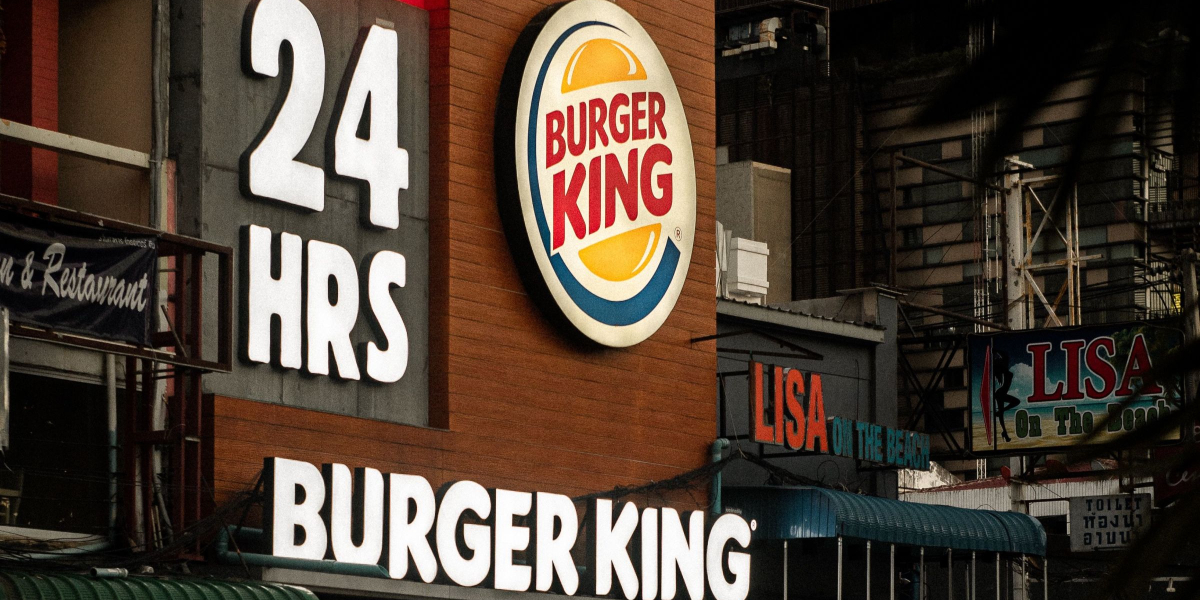In a world where visual appeal often influences consumer choices, the role of advertising in shaping perceptions cannot be overstated. Burger King, a fast-food giant known for its flame-grilled burgers and innovative marketing campaigns, finds itself facing a legal challenge over allegations that its advertisements misrepresent the actual appearance of its menu items. Lawsuits have been filed, accusing the company of using deceptive marketing tactics that highlight the gap between the tantalizing ads and the reality of the food served.
At the heart of the controversy lies the issue of truth in advertising. While it’s no secret that food photography is often enhanced for visual appeal, critics argue that Burger King’s advertisements cross the line between artistic liberty and misrepresentation. The lawsuits claim that the burgers depicted in commercials and print ads look considerably more substantial and appetizing than what customers receive in reality. This alleged disparity between the advertised product and the actual one has led to accusations of false advertising, leaving consumers feeling disappointed and deceived.
One of the key points of contention is the expectation versus reality dilemma. Burger King, like many fast-food chains, invests heavily in crafting visually appealing advertisements to attract customers. The sizzling, perfectly assembled burgers showcased in these ads set a certain standard, fostering high expectations among customers. However, when the actual food falls short of these expectations, it not only creates a sense of disappointment but also raises questions about the ethical responsibility of advertisers.
These lawsuits come at a time when consumers are becoming more conscious of their choices and the transparency of the companies they support. Social media amplifies the impact of consumer grievances, making it easier for disappointed customers to voice their concerns and rally others to their cause. Burger King’s legal battles could potentially serve as a precedent for other companies that use similar marketing tactics, encouraging them to reevaluate their advertising strategies and uphold a higher level of transparency.
On the flip side, Burger King’s defenders argue that creative liberties are an inherent part of advertising, and not all consumers take ads at face value. They contend that the average consumer is aware of the disparity between marketing materials and reality, and that the lawsuits might be overblown reactions. Nevertheless, the broader implication of these cases lies in the need for advertisers to strike a balance between showcasing products attractively and accurately representing what consumers will actually receive.
As the lawsuits progress, they highlight a growing demand for businesses to adopt more honest and transparent advertising practices. Companies would do well to recognize that building trust and maintaining a positive brand reputation are paramount in today’s market. Whether these legal challenges will lead to a shift in Burger King’s advertising approach or prompt wider industry reform remains to be seen. Regardless of the outcome, these lawsuits underline the power of consumers in holding companies accountable for their marketing claims, and the impact that such cases can have on shaping the future of advertising in the modern world.


